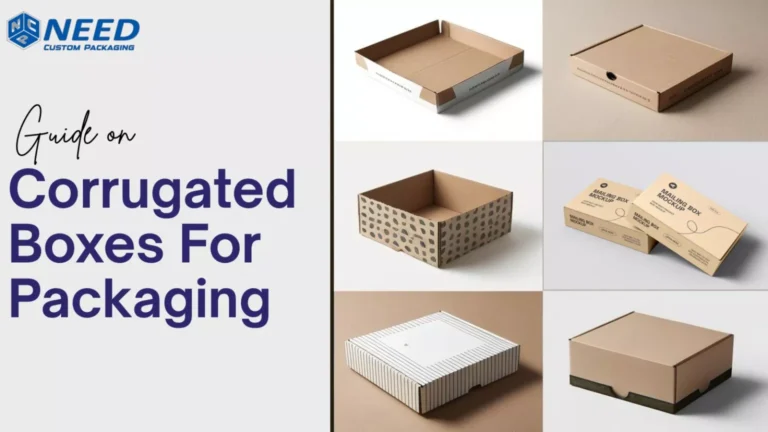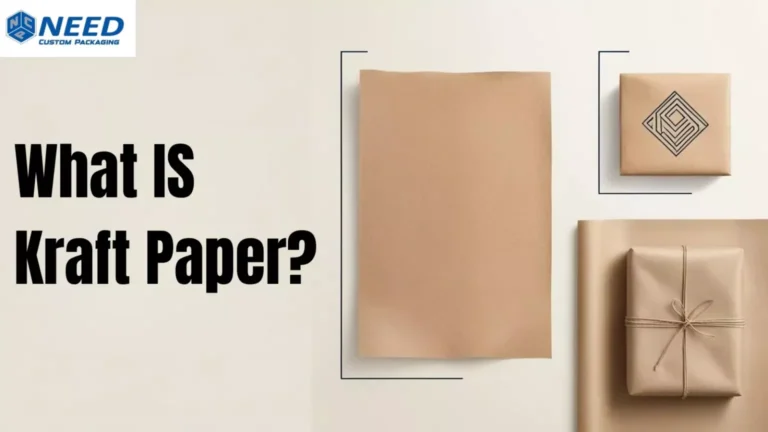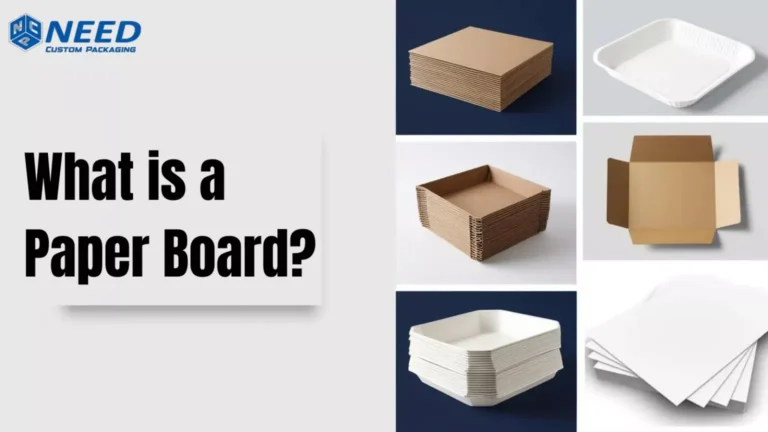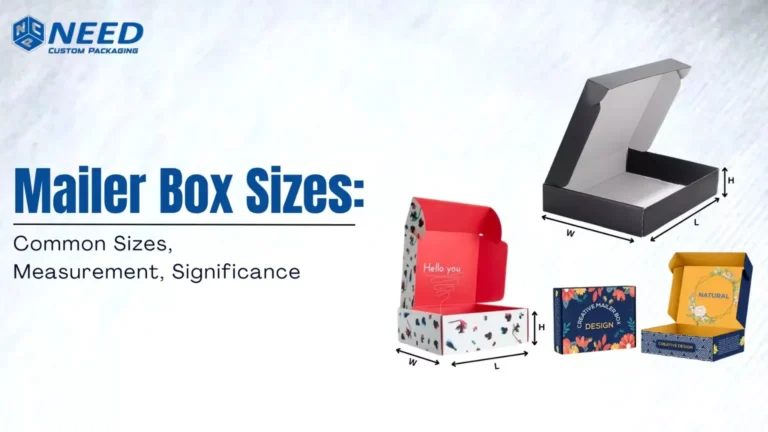Making the first impression is essential through branding, marketing, or packaging. You can make a lasting impact by offering a tactile experience that evokes the customers’ emotions through a material or product. The embossing technique is used to add a sensory element by raising the design or texture on the packaging. Embossing helps businesses to build and sustain premium branding.
What is Embossing?
Embossing is a printing method that ensures the raised effect, such as designs, custom patterns, text, and logos, on a surface. This technique is usually utilized on leather, cardboard, or paper, adding a visually striking element to products like packaging and business cards, conveying a tactile experience.
Embossing is an earlier technique used by ancient civilizations. Egyptians used this technique to craft intricate designs on the stone and papyrus. With the evolution, embossing is refined and utilized on different materials, especially in the packaging and printing industries.
Today, embossing is benign used to convey a sense of sophistication and luxury through printed materials. That’s why embossing enhances brand perception to make products more memorable and valuable to customers.
Basic Embossing Process
Embossing is done by combing the dies, pressure, and heat. A customizable die is used to create a raised design before pressing and heating the material. A permanent 3D and elegant effect makes this technique ideal for products like custom embossed boxes, ensuring durability.
How Embossing Works
A step-by-step embossing process is explained below:
- Design Creation: Create the design for embossing using software to ensure suitability. Bold lines and larger shapes are ideal for creating an ideal design.
- Die Creation: Create a custom die after finalizing the design. A die is usually manufactured from metal with an engraved or etched design. This die creates a raised texture through contact with the material.
- Pressing: The material is put underneath the press machine. The implication of heat and pressure on the material to shape textured design.
- Finishing: A finish can be applied to the material after the embossing process, ensuring additional effect. This last step ensures that the product is ready for use.
Ideal Tools and Machines for Raised Texture
The following are used to apply embossing to luxury packaging solutions.
- Die: A custom-made embossing metal die with a raised design.
- Press: A machine applies pressure and heat to transfer the design from the die to a specific material.
- Heat Source: An electrically heated platen is used to make material soft enough to mold into the die shape.
Different Types of Embossing
The types of embossing techniques for luxury packaging, including 3D stamping embossing, are mentioned below:
Blind Embossing
The design is raised without an ink or color in the blink embossing technique. The design becomes prominent with a raised texture, offering a subtle effect. This method is perfect for premium products to offer a tactile experience rather than just the visual appeal.
Registered Embossing
A fabulous embossing approach to apply foil or ink to the raised packaging design. Registered embossing aligns the raised texture with the printed color, ensuring a visually striking contrast between the flat areas and the raised design. This technique is ideal for text or logos on a larger printed design.
Combination Embossing
It combines foil stamping and embossing to create a raised effect and improve the effect with color and shine in the presence of a colored or metallic foil. 3D stamping embossing is ideal for premium packaging solutions.
Benefits of Embossing for Businesses and Products
The benefits of embossing for custom packaging and other products are mentioned below:
Enhance Brand Visibility
A raised design captures potential customers’ attention, highlighting your brand text or logo. The tactile element adds a premium touch to your products, ensuring a positive impression on every client.
Add Tactile and Luxury Appeal
Embossing offers a distinctive texture and a luxurious touch. Tactile quality is linked with premium products, boosting their perceived value.
Improve Design Durability
Embossing design ideas allow you to enhance the durability of your packaging design. The embossed design is permanent and can’t be faded like print or ink. This durability keeps your branding intact even after prolonged exposure.
How to Choose the Right Materials for Embossing
It is important to choose the best materials for embossing to withstand the pressure and heat during the process.
- Paper: A cardstock or premium paper is perfect for packaging, invitations, and business cards. You can learn how to emboss paper to highlight the different packaging areas.
- Cardboard: A thick material is ideal for embossed logo packaging holding the raised design.
- Leather: Embossed leather is the best option for luxury goods such as books, bags, and wallets.
- Plastics: Specific plastic is embossed for signage or product packaging.
Consideration of Texture and Thickness
It is important to consider the thickness and texture during the embossing process. Thicker materials can grip the designs better. On the other hand, thinner material can be damaged if you can’t handle it carefully. It is essential to consider the ideal material with a smooth surface for embossing, ensuring excellent texture.
Effective Design Tips for Embossing
You can consider the following design tips for effective embossed packaging:
- Simple vs. Intricate Designs: Bold and simple designs offer ideal effectiveness. Intricate details can be a big challenge to achieve and are not easy to incorporate effectively into the final product. However, larger logos and fonts with prominent outlines work perfectly.
- Pair with Other Techniques: Embossing can pair phenomenally with other printing methods like debossing and foil stamping. The ideal combination can offer a multi-dimensional and stunning design.
Applications of Embossing in Different Industries
- Business Cards: An embossed text or logo can highlight a business card among other competitors while leaving a positive impression on potential partners or clients.
- Book Covers: Embossed book covers are usually perfect for special editions, offering the ultimate luxury and elegance in design.
- Invitations: Embossed invitations are used for corporate events, galas, and weddings, promoting elegance and exclusivity.
- Product Packaging: Embossing is perfect for packaging luxury products like food, perfumes, and cosmetics. Custom embossed packaging conveys a premium and sophisticated feel.
Debossing vs. Embossing
Debossing creates a recessed effect on design, while embossing offers a raised design. This means that embossing raises the texture, while debossing pushes the pattern into the material. The main difference is that debossing offers a subtle effect while embossing enhances surface dimensions.
Embossing vs. Debossing: Which is Better?
Both techniques are ideal options depending on your business needs:
- When to Use Debossing: Use debossing vs embossing when you need a refined effect offering ideal depth without overwhelming the design.
- When to Use Embossing: Prefer embossing when you want to get a bold design with a raised texture.
Partner with the Best Embossing Service Provider
When you are looking to choose a service provider for embossing, it’s important to consider experience, equipment, and samples. You must check the proven track record of successful embossing projects in terms of designs and materials.
It is important to consider the ideal embossing machines for consistent and precise results. You can also ask for samples with the cost of embossing to evaluate the standards.
Conclusion
Embossing is a powerful option to enhance the tactile experience of printed products like luxury packaging solutions and business cards. It has become an ideal source of leaving a positive impression on clients and customers through tactile and durable designs. If you are looking for premium branding with custom embossed packaging, contact Need Custom Packaging to incorporate embossing in your custom boxes.
FAQs
Is embossing expensive?
Yes, embossing can be expensive due to exceptional craftsmanship and essential equipment.
Can embossing be combined with printing?
Yes, embossing can be combined with printing.








